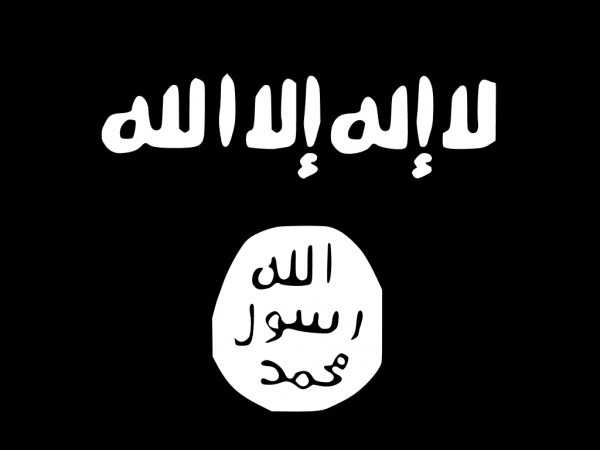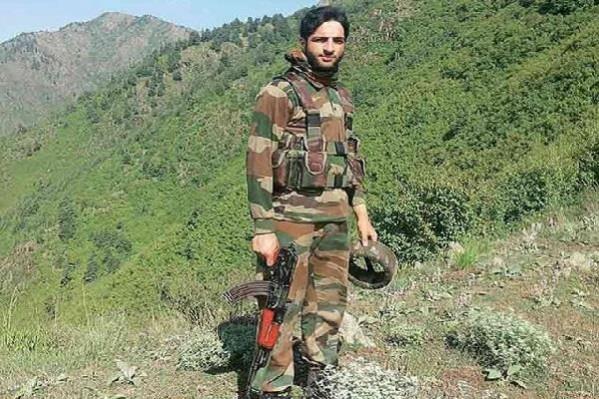
The Islamic State in Iraq and Syria (Isis) may have imploded in its birthplace, but the terror outfit is increasingly winning followers in perennial trouble hotspots in Asian countries. The recent happenings in Jammu and Kashmir are dire and ill-boding from a counter-militancy standpoint.
What used to be primarily political and anti-India, pro-Azadi campaign is metamorphosing into a religion-driven movement with clear jihadist overtones.
While the term "jihad" earlier embodied a political struggle in Jammu and Kashmir, its reference points have changed. The Kashmir militancy has been changing hues in recent times but none of its tokens has been more presaging than the so-called first Islamic State-claimed attack in the Valley last Friday.
The attack in Zakura, near Srinagar, killed a police sub-inspector, while one of the militants who died in the encounter was a member of the new jihadist outfit that had pledged allegiance to the Islamic State group. ISIS later said it carried out the attack, forcing the government to investigate the claim seriously.
India's heavy crackdown on militancy in the Kashmir valley in the last year has delivered pleasing statistics for the government — in terms of the number of militants killed, the increasing rate of the success and reach of anti-terror operations, etc.
This is manifest in the words of Jitendra Singh, the Minister of State in the Prime Minister's Office. "The life span of any [terrorist group] commander has been reduced to a few weeks — 10-15 weeks. Once a commander is appointed, the second is being kept ready to take over. The time has gone when they used to live for years."
On the flip side, the challenges have become merely more daunting. The funeral procession for the militant in Friday's "Isis" attack, Mugees Ahmad Mir, colour-coded the new form of resistance.
Local reports said the coffin of Mir was draped in the typical black flags and banners of the Islamic State group. Mir is the follower of Zakir Musa, the ultra-radical who vouched for the "public hanging" of Kashmiri militants who see Kashmir only as "political problem" and wants nothing other than the 'Caliphate' rule.
"A 5,000-strong funeral procession with only ISIS flags and no Azadi or Pakistani flags makes a big statement. This is an early indication of the transformation and perhaps a submission and surrender," a teacher at the University of Kashmir told Quint.
This underlines the transformation of the militant pro-Azadi struggle into the typical Salafi jihadism on the lines of al-Qaeda and ISIS. The reports say there weren't the usual pro-Pakistan slogans at Mir's funeral. Neither were there Pakistani flags.
The ISIS-style jihadism sees nation states as anathema and Islamic rulers as apostates. That explains why Zakir Musa's announcement of the new ISIS and al-Qaeda-style outfit — Ansar Ghazwat-ul-Hind — in July was slammed by mainstream militant and resistance groups.
Groups such as Hizbul Mujahideen and Lashkar-e-Taiba, who have their political masters, called the new outfit terrorists, adding even that they are an Indian creation aimed at demonising the campaign for Azadi.
For the new brand of jihadism gaining popularity in Kashmir, Pakistan is no longer the destination. They see Pakistan as not Islamic enough.

Another interesting parallel here is the Philippines. Manila formally ended a scorched-earth military campaign in Marawi on October 23, announcing the final crushing of Islamic militancy in the southern city.
The four-month-long fighting on the flaming Mindanao island saw the death of around 1,000 people, most of them militants affiliated to the Abu Sayyaf and the Islamic State.
The killing of militant leader Isnilon Hapilon marked the end of the latest uprising, and Philippine President Rodrigo Duterte said Marawi was "liberated." However, security experts believe it's only the start of a new wave of attacks and the consolidation of myriad Muslim rebel groups under the Islamic State banner.
The Philippine government reached a landmark peace deal with the Moro Islamic Liberation Front (MILF) in 2014, formally winding up 45-year conflict that killed more than 120,000 people.
However, this roughly coincided with the rise of a more lethal, more global Islamic extremist ideology — ISIS.
The peace deal led to cracks in the MILF monolith, and deadlier outfits like the Bangsamoro Islamic Freedom Fighters (BIFF) emerged. And they all soon found inspiration from ISIS too strong to resist — so much so that the MILF, once a fierce enemy of the government, chose to fight them alongside the official troops.
"We used to fight the MILF, but they are now fighting alongside us. So what is the bigger enemy? It is the Daesh-inspired groups," a senior police officer told the New York Times, endorsing the view that the Islamic State is the new and bigger enemy.
The officer said though the militants lost the battle for the swamps, they registered a strategic win. Hundreds of dead fighters — including scores that poured through from foreign countries — have claimed "martyrdom that can inspire others." Mindanao has simply become the "new land of jihad," he added.














